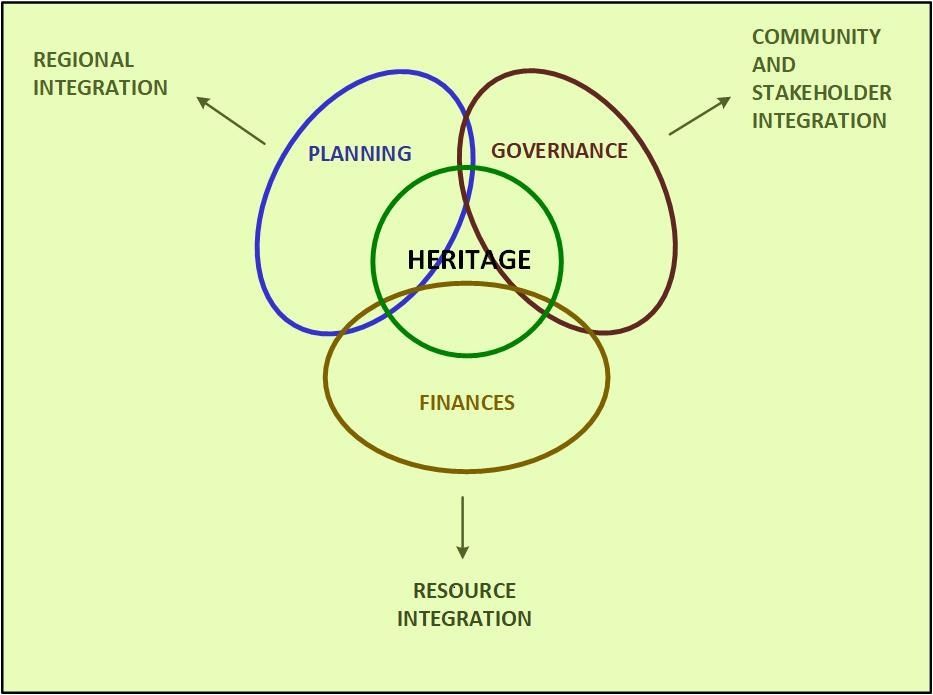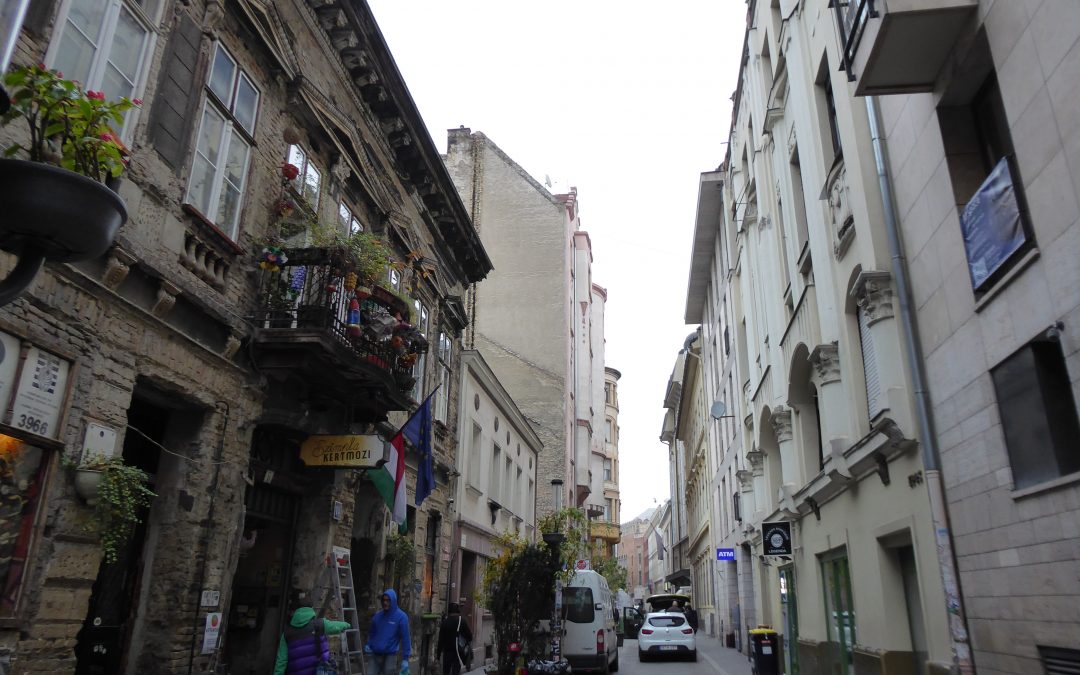It describes the policy and governance frameworks around adaptive heritage reuse
Much of the current research on adaptive reuse reflects that it is mainly seen as a (design) practice. This research instead focuses on how adaptive heritage reuse is regulated. We looked at the governance frameworks regulating and supporting (or not!) adaptive heritage reuse, across 15 European countries and then developed a typology of approaches to adaptive heritage reuse. The work was guided by two questions: Which policy combinations and governance arrangements are relevant for adaptive heritage reuse? What are the patterns (similarities and differences) and themes within this context, that facilitate or block adaptive heritage reuse?

As identified in the previous phase of the research, approaches to adaptive heritage reuse are conditioned by more than just the national and local regulatory frameworks. We therefore analysed the local, regional, and national governance context of policies, practises, priorities, and actors in planning, heritage, building regulations, and resources and financial tools, and also included wider influences on participation, culture, and sustainability.
A typology of approaches emerged from a thematic analysis of these adaptive heritage reuse assemblages, identifying three types of governance environments based on the above-mentioned variables: there are 1) supportive; 2) emerging; 3) challenging environments.
We identified the two following aspects as crucial: Is the policy and institutional system well-resourced to support adaptive heritage reuse? Second, do the policy and institutional systems provide enough discretion for those dealing with adaptive reuse cases to engage with the specific demands and tailor-made solutions often needed in cases of adaptive heritage reuse?
As such, the positions of the countries within the proposed groupings are not rigid. The variables we looked at can, and do, change. Whilst some seem stable as they are rooted in tradition (e.g. planning systems or heritage policies), others, such as the resources and funding levels and priorities, can change relatively quickly. For example, we saw priorities and approaches change due to the ending of Soviet-backed socialist regimes, EU integration and funding priorities, and the financial crisis of 2007/8. It is likely that the COVID-19 pandemic will influence the context of adaptive reuse again. The analysis also shows for example that if a heritage management system is inflexible, but it is well resourced, adaptive reuse can still happen. Equally, an underfunded but more flexible system may allow adaptive reuse. However, an underfunded and inflexible system creates a lot of blockages for such projects. In these cases, adaptive heritage reuse still happens, but “despite” the system, for example, through bottom-up initiatives.
The typology contributes to the possibilities of learning from other policy contexts: similar solutions are expected to work better in similar contexts. Due to the complexity of the assemblage of people, policies, resources, and institutional differences, the transferability of approaches needs to be done with nuance and care.

